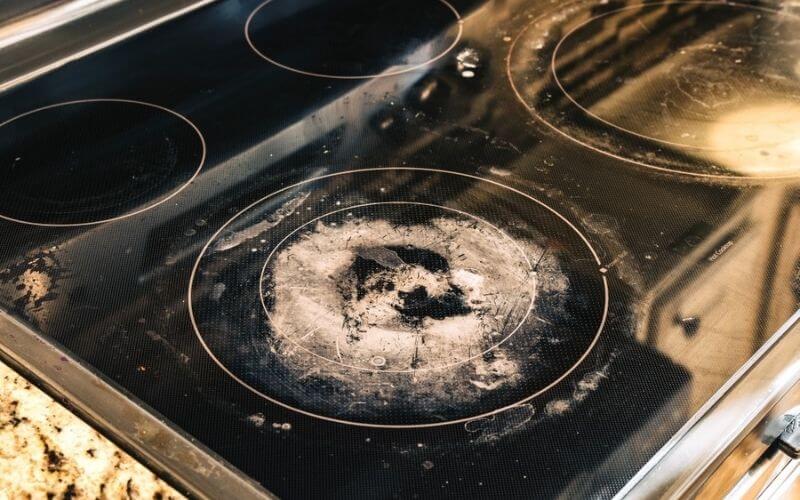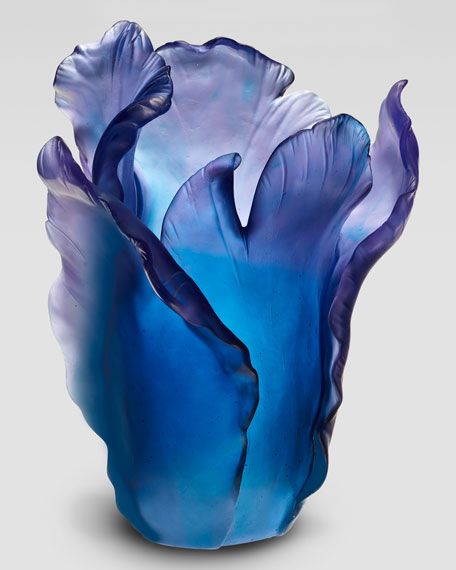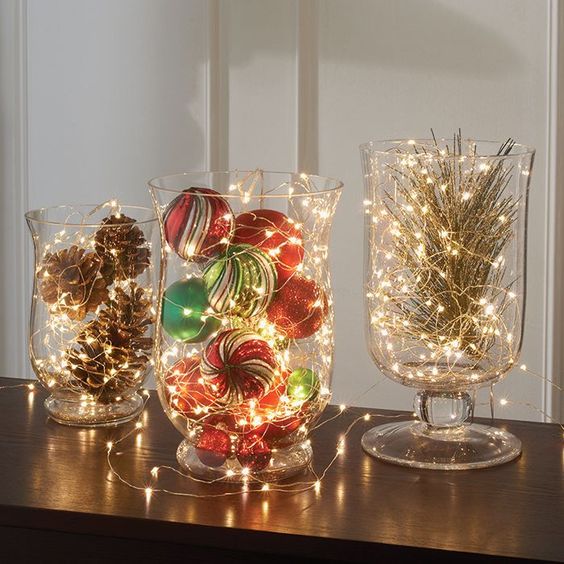It’s not just cast iron that you should avoid on your glass cooktop—you should also be careful about the size of other pots and pans you use. Anything too big or too heavy can crack the glass surface, which is what happened when my husband placed a large metal Dutch oven on our glass skillet in the first week that we owned it.
Lifting the pans can prevent damage:
It’s no secret that cast iron is heavy. You can also imagine how difficult it is to move around pots of boiling oil, boiling water, and things of the sort. Imagine a situation where you’re slowly simmering something on the stovetop and you’re carrying something else in the other hand, accidentally bumping the pot into another object and cracking the glass on your cooktop. You can avoid this scenario by carefully lifting or sliding pots onto the stove. This will not only protect your cooktop but also help extend its life.
A heat diffuser is the most convenient way to protect a glass stove from cast iron:
A heat diffuser is a type of accessory that’s designed to spread the heat from your cooktop and evenly distribute it throughout a pot or pan. Not only will it help if your stove’s surface becomes damaged, but it will also help protect the surface and extend its life. Many people who own glass cooktop stoves choose to use them out of water for a cup of tea or coffee, then place the kettle on the cooktop. While this method works in a pinch, it is a guaranteed way to shorten the life of the cooktop.
The glass cooktop cover is a thin solution on a protection layer to safeguard your stovetop:
A glass top protector is a thin covering placed on your stovetop to prevent damage from spills. Some glass cooktops are thick and heavy, but some are also thin and fragile. The latter can easily be scratched by any hard metal spoon or spatula. When searching for a glass stove top protector, look for quality protectors that have the following features:
- Resistant to heat, which means the protector won’t melt at high temperatures
- Heat conductive, which means it won’t allow the heat inside the stove to transfer to other parts of the stove
Immediately clean everything after use:
Grime and grease build up on the surface of your stovetop over time. Because they are largely indestructible, the handles of your cast iron pots and pans can be where you notice the most build-up. The residue beneath them is acidic, and will eventually erode the finish on your stovetop. For the most part, cast iron skillets are easy to care for since you can wash and dry them in the automatic dishwasher or by hand. However, you have to be careful to not get them too hot. If you can’t run them through a dishwasher cycle, wash your skillet immediately after use with hot water and soap. If any food is left on the pan, soak it in warm water with soap before washing and drying.


